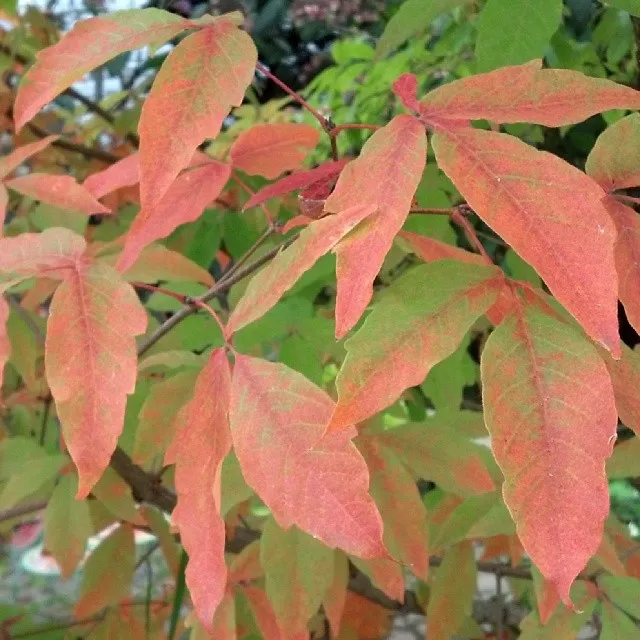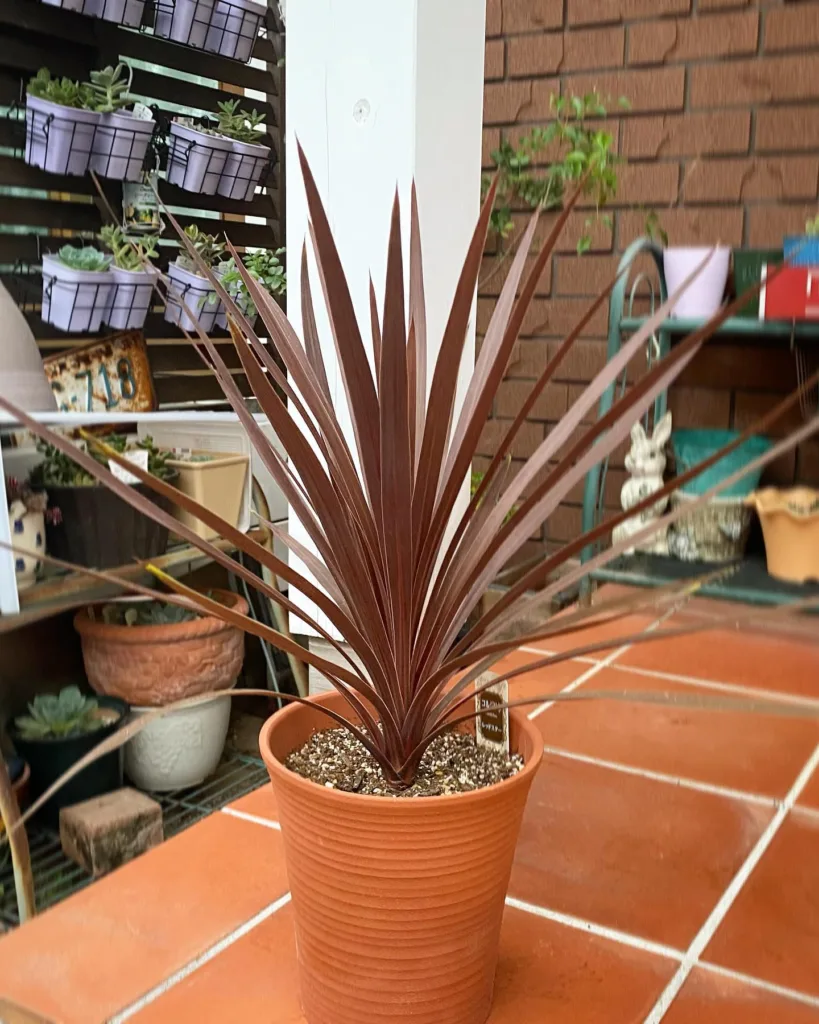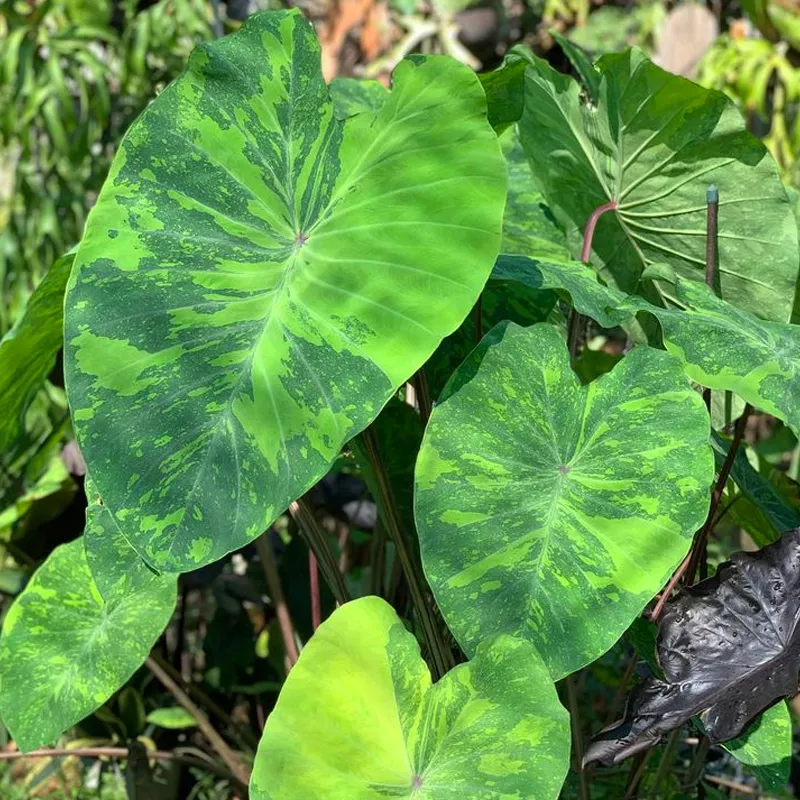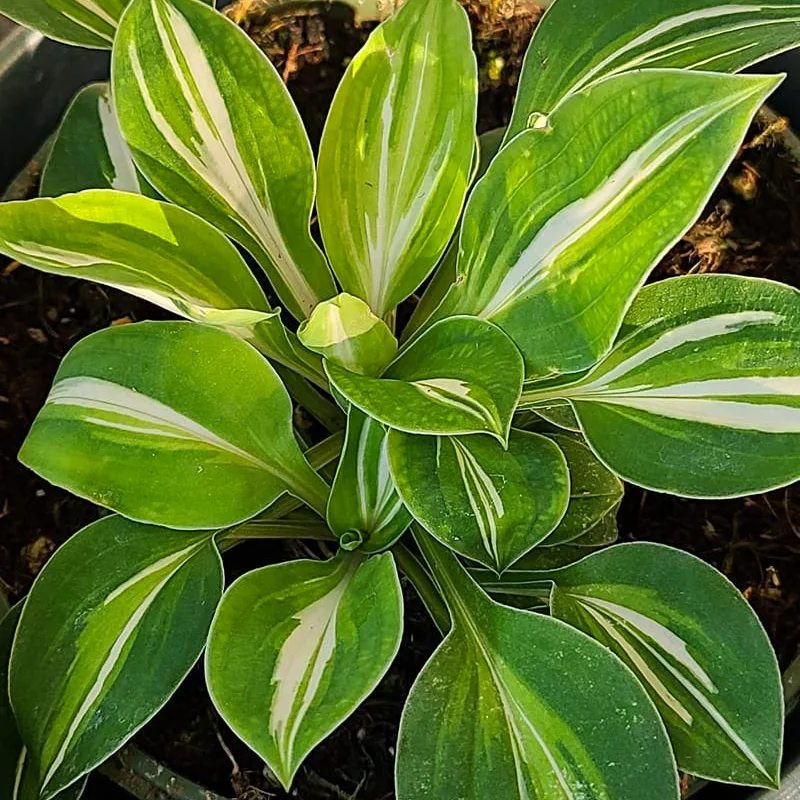What is Achillea Alpina?
Achillea Alpina, also known as Alpine Yarrow, is a perennial flowering plant native to the mountainous regions of Asia and parts of North America. It’s a member of the Asteraceae family, making it a close relative to other species like Achillea Millefolium (Common Yarrow). The plant is characterized by its fern-like, aromatic leaves and tall stems topped with clusters of small, bright-colored flowers, typically in shades of yellow, white, or pink. Achillea Alpina is admired for its ability to thrive in rocky, alpine environments, and its flowers attract pollinators like bees and butterflies, which makes it an excellent addition to wildlife gardens.
186 Species in Genus Achillea
How to Care for Achillea Alpina?
Caring for Achillea Alpina is relatively simple, which makes it a popular choice for both experienced gardeners and beginners. It’s a hardy plant that thrives in well-draining soil and full sunlight. While it can tolerate drought, it prefers moderate watering during dry spells. However, overwatering should be avoided, as this can lead to root rot.
One of the great things about Achillea Alpina is its adaptability to poor soil conditions, which means it doesn’t require heavy fertilization. In fact, too much fertilizer can result in leggy growth. Pruning spent blooms will encourage more flowers throughout the growing season, typically from late spring through summer.
How to Propagate Achillea Alpina?
Achillea Alpina can be easily propagated through division or by seed. If propagating by seed, it’s best to sow them in early spring. The seeds should be lightly pressed into the soil without covering them too deeply, as they require light for germination. Watering should be consistent but light until the seedlings emerge.
For division, the best time is early spring or fall. Carefully dig up the plant and separate the clumps into smaller sections, ensuring each clump has a portion of root attached. These can then be replanted in your garden, and they will establish themselves quickly.
What to Plant with Achillea Alpina?
Achillea Alpina makes an excellent companion plant for a variety of other garden plants. It pairs well with other drought-tolerant species like Lavender, Sedum, and Echinacea. These plants share similar care needs—preferring full sun and well-draining soil—and their varying textures and heights can create a visually appealing garden bed.
Additionally, Achillea Alpina can be planted alongside ornamental grasses, which complement its delicate flower clusters. The plant also does well in rock gardens, paired with low-growing succulents or creeping groundcovers like Thyme or Sedum.
Is Achillea Alpina Toxic?
Achillea Alpina is generally non-toxic to humans and pets. It has a long history of use in traditional medicine for its anti-inflammatory and healing properties. However, like many plants in the Achillea genus, it may cause mild irritation or allergic reactions in individuals with sensitive skin. It’s always a good idea to wear gloves when handling the plant if you’re prone to skin sensitivities.
What are the Benefits of Achillea Alpina?
Achillea Alpina offers a variety of benefits, both in the garden and beyond. In the garden, its bright flowers attract pollinators like bees, butterflies, and even beneficial insects that prey on pests. The plant is also deer and rabbit-resistant, making it a great choice for gardens in areas with wildlife.
In addition to its ornamental value, Achillea Alpina has a rich history of medicinal use. The plant contains compounds like flavonoids and tannins that have been traditionally used for their anti-inflammatory and wound-healing properties. Historically, it’s been applied to cuts and bruises to promote healing, though modern medicinal use should be approached with caution and guidance from a professional.
Common Problems with Achillea Alpina
Achillea Alpina is a hardy plant, but it can still encounter some common garden problems. Overwatering is the most frequent issue, as it can lead to root rot or fungal diseases like powdery mildew. Ensure the plant is in well-draining soil and avoid waterlogged conditions to keep it healthy.
Pests are rarely a problem for Achillea Alpina, but occasionally aphids or spider mites may become a nuisance. These can be dealt with using insecticidal soap or by encouraging natural predators like ladybugs into your garden.
How Does Achillea Alpina Compare to Achillea Millefolium?
Achillea Alpina is often compared to Achillea Millefolium (Common Yarrow), as they share many similarities. Both have fern-like foliage, are drought-tolerant, and thrive in similar growing conditions. However, Achillea Alpina tends to have more compact growth and is better suited to cooler, alpine climates. Its flowers may also differ slightly in size and color, often appearing more compact compared to the broader, larger blooms of Achillea Millefolium.
In terms of medicinal uses, both species have been traditionally used for wound healing and reducing inflammation, though the specific chemical composition can vary slightly. If you’re looking for a yarrow plant to grow in a rocky or mountainous garden setting, Achillea Alpina may be the better option due to its natural adaptation to such environments.
Is Achillea Alpina Suitable for Container Gardening?
Achillea Alpina can indeed be grown in containers, making it a versatile option for small gardens or urban settings. Choose a pot with good drainage, and use a well-draining potting mix. As with garden-grown plants, make sure the container receives full sunlight, and avoid overwatering. Container-grown Achillea Alpina may require more frequent watering during hot weather, but it should still be allowed to dry out slightly between waterings.
Conclusion
Achillea Alpina is a beautiful and resilient plant that can add both aesthetic and ecological value to your garden. With its ease of care, adaptability, and pollinator-friendly flowers, it’s an excellent choice for gardeners of all experience levels. Whether planted in garden beds, rock gardens, or containers, this plant is sure to thrive with minimal maintenance while offering a range of benefits.
If i die, water my plants!



